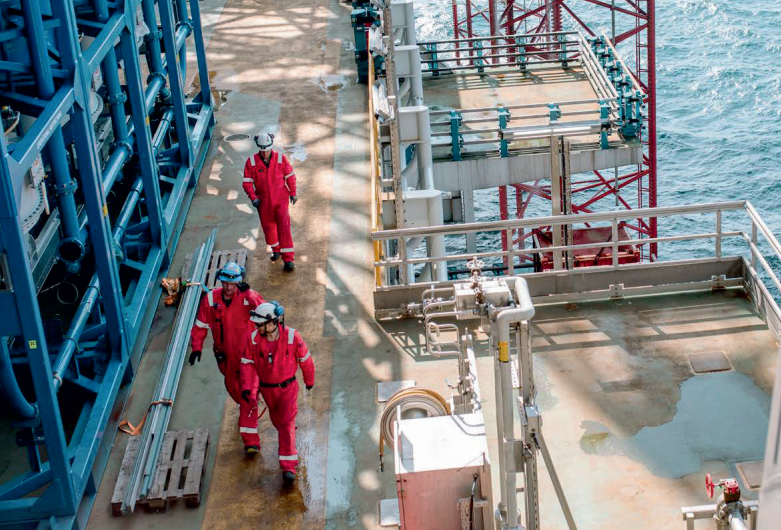Equinor increased its investments in 2022 both at home in Norway and abroad to supply gas to Europe, among other objectives.
In the past year, the company’s capital expenditures and investments were $8.611 billion, an increase of 5.6% over 2021.
Equinor is an energy company, Norway’s largest oil and gas operator, one of the world’s largest offshore operators and a growing force in renewable energy and low-carbon solutions.
The company is present in some 30 countries with approximately 22,000 employees.
Capital expenditures, defined as additional property, plant and equipment, intangibles and equity accounted investments, amounted to US$10.0 billion in 2022 and US$8.5 billion in 2021.
Going forward, Equinor projects organic capital expenditures of between $10 billion and $11 billion for 2023 and an annual average of about $13 billion for the period 2024-20263.
What are organic capital expenditures? These are capital expenditures excluding acquisitions, recognized lease assets and other investments with significantly different cash flow patterns.
Organic capital expenditures are a measure that Equinor believes provides relevant information about Equinor’s investments in maintaining and developing the company’s assets.
Equinor
In 2022, the company excluded a total of $1.9 billion in organic capital expenditures.
Among the items excluded were right-of-use asset additions related to leases and the acquisition of Triton Power in the United Kingdom, certain Statfjord license shares and U.S.-based battery storage developer East Point Energy, resulting in organic capital expenditures of $8.1 billion.
In Norway, a substantial portion of the 2023 capital expenditures will be allocated to ongoing development projects, such as Johan Castberg and Breidablikk, and to fields with definitive investment decisions where development and exploitation plans have been submitted, such as Munin (formerly Krafla), Halten Øst and Irpa.
In addition, investments will be made in expansions, modifications and upgrades to fields currently in production.
Internationally, the company estimates that a substantial portion of 2023 capital expenditures will be allocated to ongoing and planned development projects, such as the Bacalhau field in Brazil and non-operated offshore and onshore activities in the United States.

